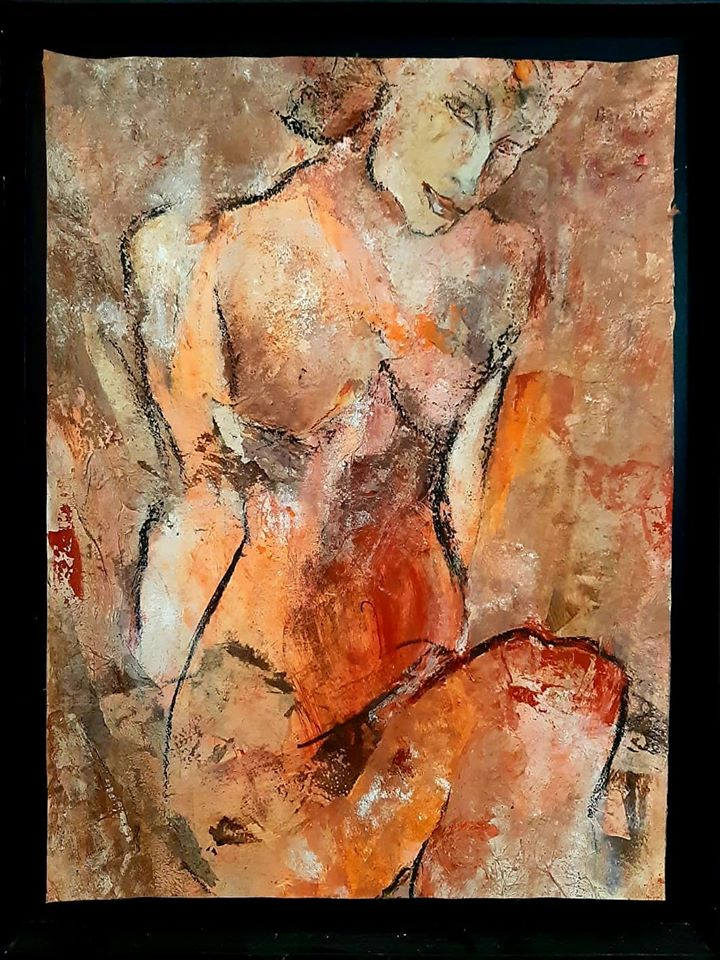It was the Japanese who translated art as art beauty. For reference, the art
defined by the Cambridge Dictionary is “the making of objects, images,
music, etc. that are beautiful or that express feelings”, “an activity through
which people express particular ideas”, etc., and there are “a skill or special
ability” among various items, but it is not an appropriate concept to
translate this into art beauty.
We accepted the distorted Western art through Japanese during the
Japanese colonial period, and we are reaching today without liquidating the
remnants of Japanese culture even in the rapidly changing social reality
after liberation. I hate Japan, but I can't erase the traces of the crooked
Japanese imperialism inside, so there is nothing to be ignored by the
Japanese. It is in the same context that art uses Japanese terms to create
public distrust and misunderstanding.
Many people today seem to have no idea how their aesthetic tastes and
achievements as works of art are different. Thanks to this, I think modern
oddly drawn paintings are sold at incredibly expensive prices in developed
countries abroad.
People rarely try to correct myths and prejudices, no matter how logical
they explain. The issue has been mentioned several times, and I have
spoken through the central daily newspaper column, but the Korean art
world, which lacks self-cleansing ability, shows no signs of awakening at all.
The achievement of a work of art is embodied through a process of
discourse that empathizes or resonates with the point that it may be an
alternative way of expanding or re-defining the realm of art. It means that it
is not a matter of the taste of'eye glasses'. Today's artists are not
all'painters of the world' or'workers who live by drawing and selling
pictures', but those who achieve this cultural achievement. Rembrandt, Van
Gogh, Marcel Duchamp, etc., as we know them, are the artists who have led
the history of contemporary art by persuading all humanity through such
achievements, so their achievements are great.
Globalization of Korean art must pass through the gateway to persuade
intellectuals and collectors of the world through alternatives to Korean art,
and that is the most difficult challenge. However, we have enough historical
background and motivation to do so, and we have talents, passions and
opportunities to solve the problem. It's time to throw off the Cinderella
complex and focus on what you are looking for and what direction you
should seek.

Mixed media on paper
Work done in 2001